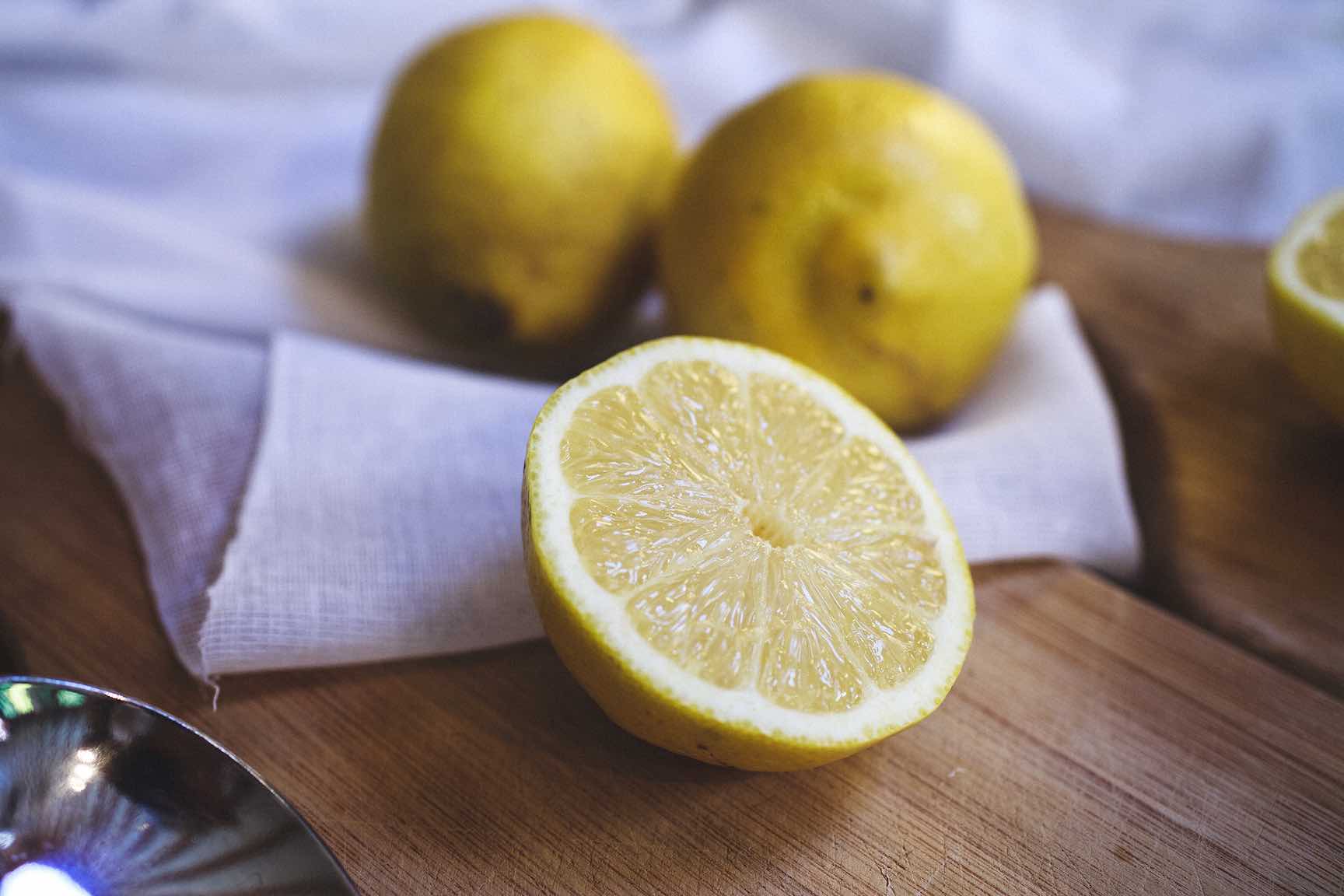- Continue Shopping
- Your Cart is Empty
How to Flavor Kombucha and Water Kefir: Create Your Own Perfect Recipe

Primary fermentation is over, and it's time to bottle up your beverage. How to get that perfect flavor? Here are some ideas.
Fruit Juice

Fruit juice is the easiest method of flavoring kombucha and water kefir. Bottled juice has natural fruit sugars that are excellent food for the yeasts and bacteria in your brew. The shelves in our local stores are stocked with every imaginable flavor, so it's easy to experiment.
Depending on the desired sweetness and carbonation level of your drink, anywhere from 10-30% fruit juice can be added.
Keep in mind that some juices contain more sugar than others, and that sugar is food for yeasts and bacteria; a very sweet juice will create more carbonation than a less sweet one. This is something that may require some observation and experimentation to perfect; because each brand of juice and batch of fermented beverage can vary so widely, there is no one size fits all recipe, just parameters to work within.
For water kefir, I find that I prefer sharper, more acidic ingredients to balance out the natural sweetness--think tangerine, lemon ginger, or grapefruit. An unsweetened fruit shrub is excellent for this purpose, too, and can give you a flavor, like strawberry, that otherwise might be cloyingly sweet. A splash of rose water with any of these combinations is a nice addition, too.
Because kombucha has so much natural acidity, almost anything goes, although a subtler flavor might be overwhelmed by the intensity of the kombucha. Generally, when flavoring with juice, I add about 20% fruit juice when I bottle either beverage.
Whole or Chopped Fruit

There are other ways to infuse flavor into your beverages, as well.
Whole fruits may be used, to delicious effect. Berries, particularly strawberries and raspberries, are some of my favorite flavor additions for kombucha. Peaches or nectarines are divine.
Although it is possible to dice these fruits up finely and funnel them into the bottle, this is perhaps not the best method. It can be difficult to clean a bottle after whole fruits have been fermenting within it. Also, while a kombucha-fermented strawberry is a thing of wonder, fizzy and sparkling like natures' own Pop Rocks, it is best enjoyed floating in a glass, rather than blocking up the neck of a bottle.
So here's how I like to infuse whole fruit flavor into my brews, without a bunch of mess and hassle.
For kombucha, I like to add fruit when the primary fermentation is getting close to complete, but still a day or two from finished. So, if I usually like to bottle at 10 days of fermentation, I might add the fruit at Day 8. The reason for this is simple; the addition of whole fruits will increase the rate of fermentation, and I prefer to keep some sweetness in the finished product.
It's best to decant the kombucha liquid into a fresh clean vessel, leaving the mother behind, before adding some chopped fruit to the liquid portion.
For a half-gallon batch of fruit infused buch, I might dice up half a basket of strawberries, or 2 peaches. The exact amount is not important, though obviously, the more fruit that goes in, the stronger the flavor will be. Let the fruit float in the kombucha liquid, covered with a breathable cloth or paper towel, for several days. Again, this is a matter of discretion.
After 2 days, much of the fruit flavor will be infused into the liquid. The longer it ferments for, the more acidic it will become, so taste it daily, and bottle it when it seems most delicious.
Because water kefir has a much quicker fermentation than kombucha, I recommend straining the grains after one day of primary fermentation, then adding chopped fruit to the strained kefir liquid, then fermenting for another day, before straining out the fruit and bottling as usual.
Simple Syrups
Some flavors are ephemeral, hard to capture, or reluctant to release their flavors into the fermenting beverage. I'm thinking of flavors like lavender, rose geranium, lemon verbena. These more delicate flavors are best captured in a simple syrup, and then added to the beverage at the time of bottling and secondary fermentation.
A simple syrup is a versatile thing, useful for much more than flavoring these beverages, so don't be afraid to make more than you need! (Last year, while canning pears, I had some leftover lavender simple syrup, so into the jars it went! Lavender pears. Delicious.) Anyway, a simple syrup is...simple! Just bring 1 cup of water, 2 cups of sugar, and 3 tablespoons of the herb you'd like to flavor to a boil, stirring until the sugar is dissolved. Reduce the heat and let it simmer for 5 minutes, before removing it from the heat and straining the herb out.
This syrup can be stored in the refrigerator for a week or two. When using a simple syrup to flavor kombucha, less is more. Generally, about a tablespoon of simple syrup is used to flavor a 12 oz bottle of kombucha.

Over to You
It’s part of our mission here at Mountain Feed to help you make delicious, sustainable, homemade food more often. Stop by and say hello on Facebook, Twitter, Instagram or Pinterest. Or, as always, you can do it the old fashioned way and come by the store to speak with one of our in-house experts.
Keeping a great journal leads to delicious results! Get inspired by new recipes, expert articles and homemade food adventures in our Monthly Journal.
